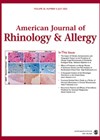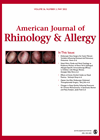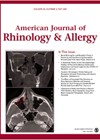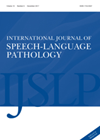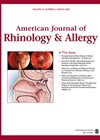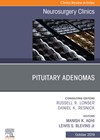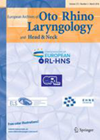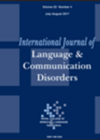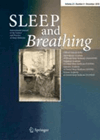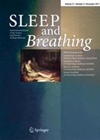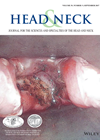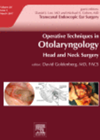
Journal Reviews
How best to follow up a sinonasal cancer?
Sinonasal malignancies are rare tumours and, in the UK, are usually treated in tertiary treatment centres but may well be followed up long term in the patient’s local hospital, so advice on how best to manage these patients is invaluable....
Should we be utilising the pre-lacrimal approach for maxillary sinus inverted papilloma?
For some time now, gold standard management of the maxillary sinus inverted papilloma has been endoscopic medial maxillectomy (EMM). Recently the endoscopic prelacrimal recess approach (EPLRA) has been reported to provide good access whilst preserving the nasolacrimal duct and inferior...
How much does FESS improve the sense of smell?
We are all familiar with patients who undergo a seemingly successful FESS but, in spite of this, have persistent smell dysfunction postoperatively. This study compares a surgical group with a control group, measuring olfactory function pre and postoperatively using Sniffin...
Speculating on saliva during endoscopy
It has been noted that the presence of saliva in the pharynx and larynx during flexible endoscopic evaluation of swallowing (FEES) can be an indicator of increased risk of aspiration and consequent pneumonia, as well as weight loss and malnutrition....
A classification of a new cell - the retrosphenoid cell
This is a concise paper which describes a previously undefined type of cell within the sphenoethmoidal complex. It identifies the retrosphenoid cell, differentiated from an Onodi cell by being entirely within the posterior wall of the sphenoid sinus, lying between...
3D endoscopy in pituitary adenoma surgery
Endoscopic approach for pituitary adenoma surgery is well recognised. There has been recent refinement of 3D endoscopy technology which improves on the depth of vision offered and more compact delivery. This may improve visualisation of the critical structures involved in...
Narrow band imaging improves diagnosis of malignant laryngeal lesions
The manufacturers of narrow band imaging (NBI) claim better visualisation of mucosal abnormalities when compared with simple white light. The primary aim of the study was to compare the diagnostic accuracy of NBI and white light to diagnose malignant laryngeal...
Instrument assessment preferable over standard beside swallow to determine prevalence of aspiration
Aspiration does not trigger the protective cough response in some patients. The patient’s response may vary according to fluid viscosities and volume. The authors of this prospective study investigated the prevalence of aspiration and response to aspiration of different viscosities...
DISE as a rationalising tool for sleep apnoea surgery
This retrospective study on 85 adult obstructive sleep apnoea (OSA) patients provides further interesting information for sleep surgeons. These patients were all investigated with polysomnography (PSG) and drug induced sleep endoscopy (DISE). They all then underwent a simple uvulopalatoplasty with...
A review of DISE classification systems
This article looks at the wide variety of classification systems currently available for interpreting drug induced sleep endoscopy (DISE).The fact that there are so many classification systems, suggests that there is: A) a lot of disagreement about how DISE should...
Evidence for diagnostic role of narrow band imaging in the outpatient setting for head and neck squamous cell carcinoma
Narrow band imaging (NBI) uses light in the blue and green spectrum to differentiate areas of carcinoma from normal or inflammatory tissue. This tertiary referral head and neck unit in Spain used white light endoscopy as initial screening for all...
A beginner’s guide to endoscopic ear surgery (EES)
For some, this article will not provide them with anything new with respect to EES – in particular, the advantages of the technique and how to achieve them. However, for those surgeons who are debating whether to embark on the...

